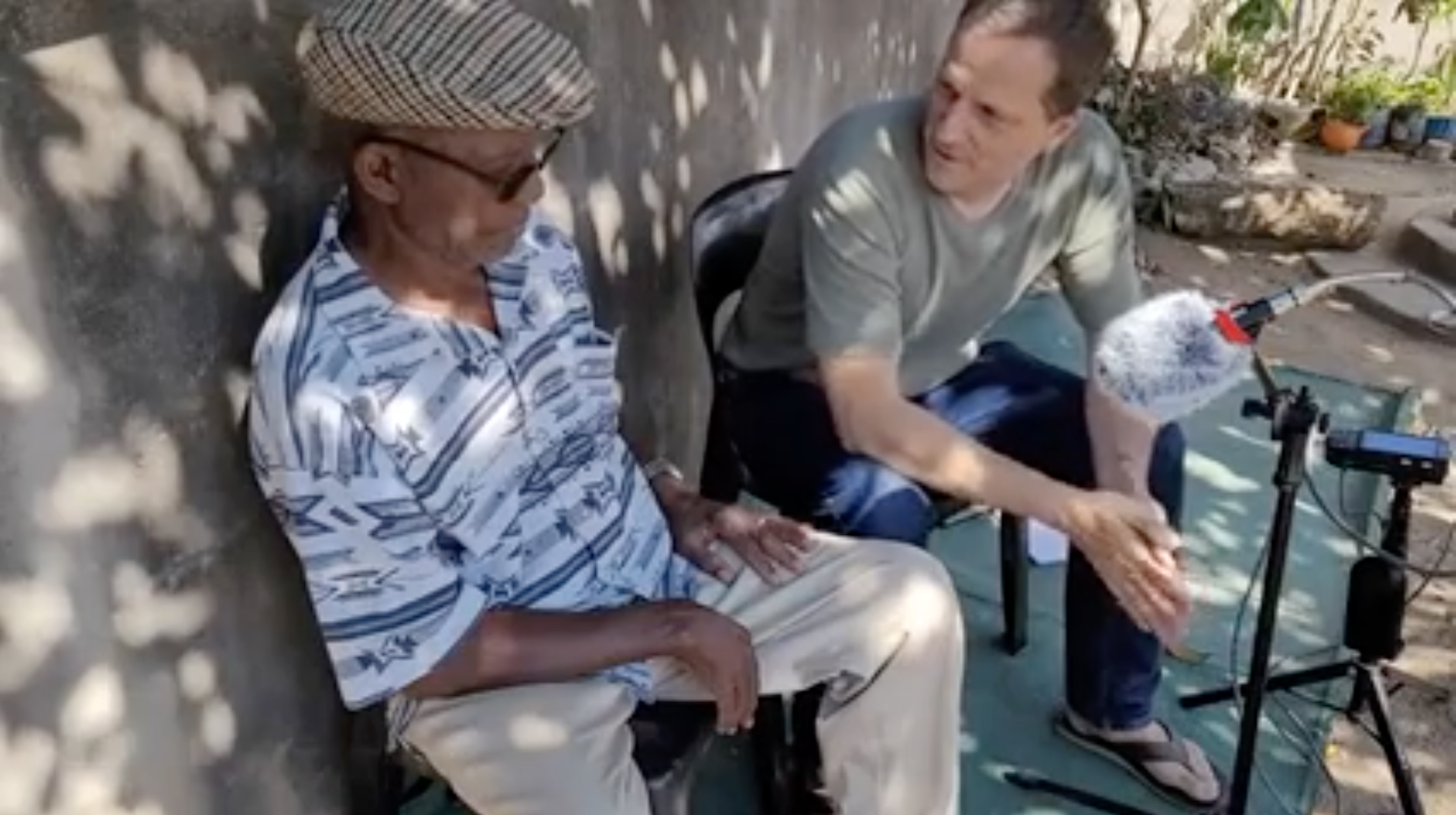This Sunday was our day off. We had some nice chats in the afternoon and Sekuru brought up a point he had already mentioned before: “One matepe is enough to call the spirits, with the nhare [mbira dzavadzimu] you need two instruments (or an exceptionally good player that can take the role of two).”
I found this extremely interesting because it makes a direct connection between musical complexity and its ceremonial effectiveness. So I asked him if we could record that part of the conversation again.
In his words, mbira needs “mixing” – on top of a basic part a second player (or another finger) must play a cross-rhythm part to “fill the gaps” and to “create blur” (like when watching the spokes of a rotation bicycle wheel).

Leave a Reply